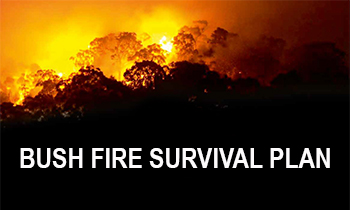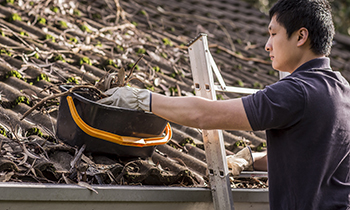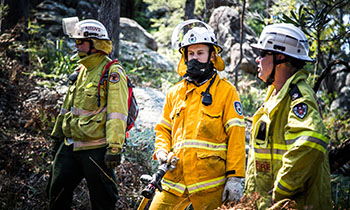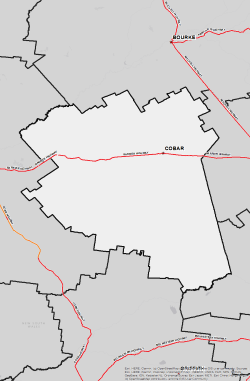Why we need a plan
Bush Fire Risk Management Plans are an effective instrument for managing risk to human activity and valued community and environmental assets. They are a key component in a multifaceted bush fire management approach for NSW.
We are planning together to manage bush fire risk in the Cobar area by preparing a new five-year plan of strategies and actions.
How will your input be used
The data from the Have Your Say survey responses has been anonymously supplied to your area’s Bush Fire Management Committee. They will assess data collections rather than individual answers, so that they can establish a clearer community sentiment and gain insights from a large sample size.The personal details you submitted will be used to validate your submission and to allow notifications to be sent to you when the status of this BFRMP changes.
Our community
The Cobar BFMC area spans approx. 4,552,990 ha. The area is located in an outback area that is centred around the mining town of Cobar with the LGA traversed by the Barrier Highway and Kidman Way and features the Mount Grenfell National Park to the west, Koonaburra National Park to the south west and the Yathong & Nombinnie Nature Reserves in the south. The small villages of Canbelego, Nymagee, Euabalong and Euabalong West are also located in the BFMC area.
National Parks (323,280 ha.) and State Forest (3,519 ha.) cover approx. 7% of the BFMC area, with private land holders covering the majority of the remaining area.
The Cobar BFMC area is predominantly open grass woodlands (approx. 70%), with the balance being bushland & scrub, the built environment or water bodies. A grass or bush fire can happen at any time of the year, but the risk is higher during the warmer months, when grass and scrub are drier.
-
 According to the Australian Bureau of Statistics 2021 Census Community Profile there are 2,309 residential dwellings in the Cobar BFMC area with an approximate population of 4,059.
According to the Australian Bureau of Statistics 2021 Census Community Profile there are 2,309 residential dwellings in the Cobar BFMC area with an approximate population of 4,059. -
 According to the ABS data on the counts of Australian businesses, there were 467 businesses in the Cobar BFMC. The top three include Agriculture, Forestry & Fishing, Construction and Transport, Postal and Warehousing accounting for approximately 59% of industry by business count in the Cobar BFMC area. The main industries of employment include Copper Ore mining, Gold Ore mining and Local Government Administration.
According to the ABS data on the counts of Australian businesses, there were 467 businesses in the Cobar BFMC. The top three include Agriculture, Forestry & Fishing, Construction and Transport, Postal and Warehousing accounting for approximately 59% of industry by business count in the Cobar BFMC area. The main industries of employment include Copper Ore mining, Gold Ore mining and Local Government Administration. -
 The last major bush fires happened in the 1984/1985 Bush fire Season with 27,095 ha burnt.
The last major bush fires happened in the 1984/1985 Bush fire Season with 27,095 ha burnt. -
 There are several valuable community assets across the area along with a number of culturally significant sites and environmentally important sites. Many sights of cultural interest can be found in and around Cobar. The town retains much of its colonial 19th-century architecture. The Towsers Huts, 3 km south of town but currently inaccessible to the public, are ruins of very simple colonial dwellings from around 1870. The ancient Aboriginal rock paintings at Mount Grenfell are some of the largest and most important in Australia
There are several valuable community assets across the area along with a number of culturally significant sites and environmentally important sites. Many sights of cultural interest can be found in and around Cobar. The town retains much of its colonial 19th-century architecture. The Towsers Huts, 3 km south of town but currently inaccessible to the public, are ruins of very simple colonial dwellings from around 1870. The ancient Aboriginal rock paintings at Mount Grenfell are some of the largest and most important in Australia
Current Bush Fire Risk Management Plan for Cobar
The Cobar BFRMP published on 8th June 2021.
These plans identify the bush fire risks in Cobar and sets out the types of work scheduled to deal with the risk of bush fires.
BFRMPs are updated within every five-year period, however, the treatments and works set out in the plans are subject to change on a yearly basis due to fire activity, weather and new risk factors. This plan may not have been updated with the latest treatment and works plans/information.
Cobar BFMC is made up of a range of stakeholders from the area including emergency services, land management agencies, local government and local aboriginal land services, and local community groups. This ensures key community stakeholders have a say on bush fire management activities for the benefit of their communities.
The Cobar BFMC is made up of the following representatives:
- NSW Rural Fire Service
- National Parks and Wildlife Service
- NSW Department of Industries (Crown Lands)
- Essential Energy
- NSW Farmers' Association
- Fire and Rescue NSW
- Cobar Shire Council
- Local Aboriginal Land Councils
- Nature Conservation Council of New South Wales
- NSW Police Force
- Transport for NSW
- UGL Regional Linx
- Transport for NSW
- Australian Pipeline Authority (Observer)
- Reconstruction Authority (Observer)







